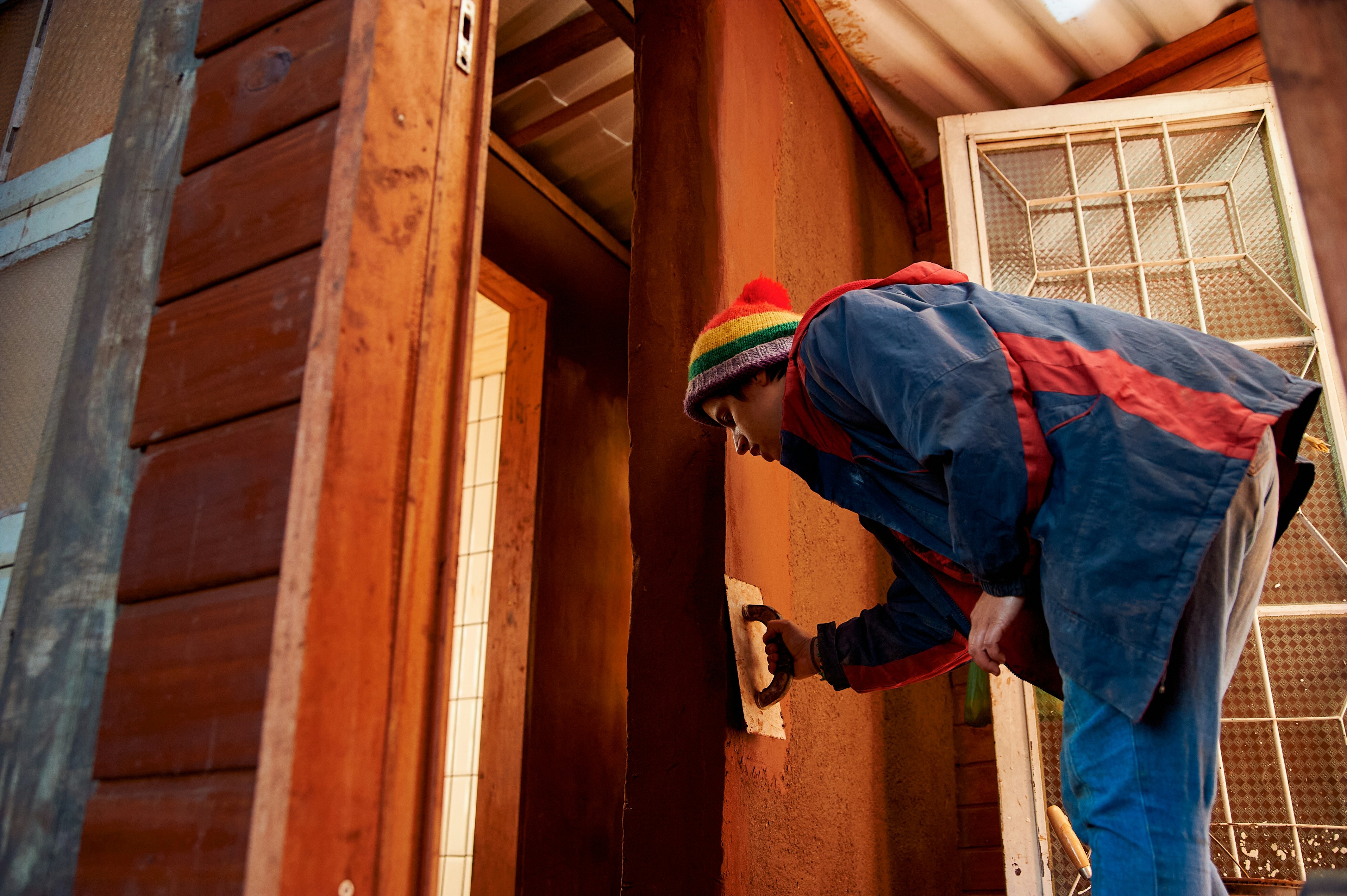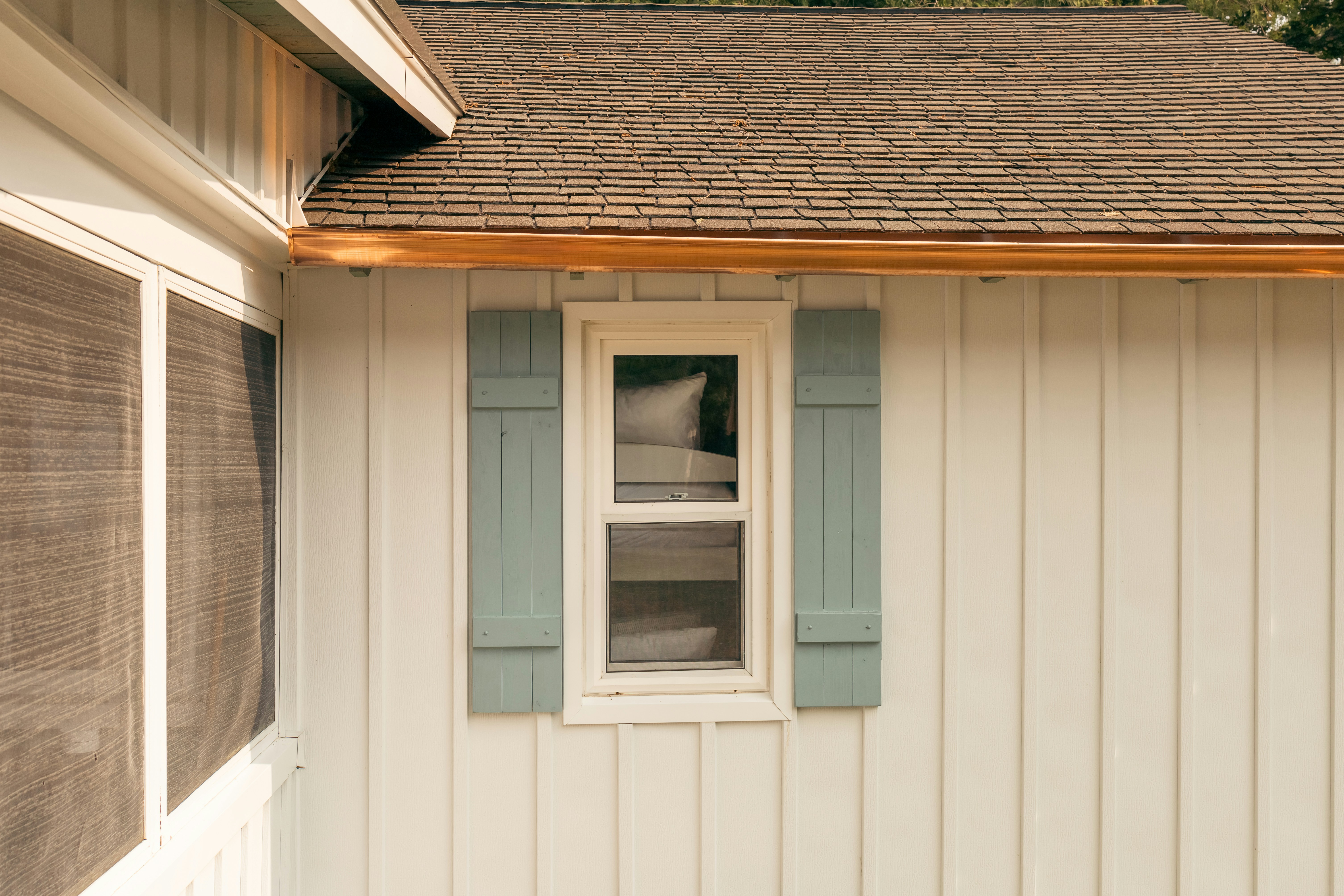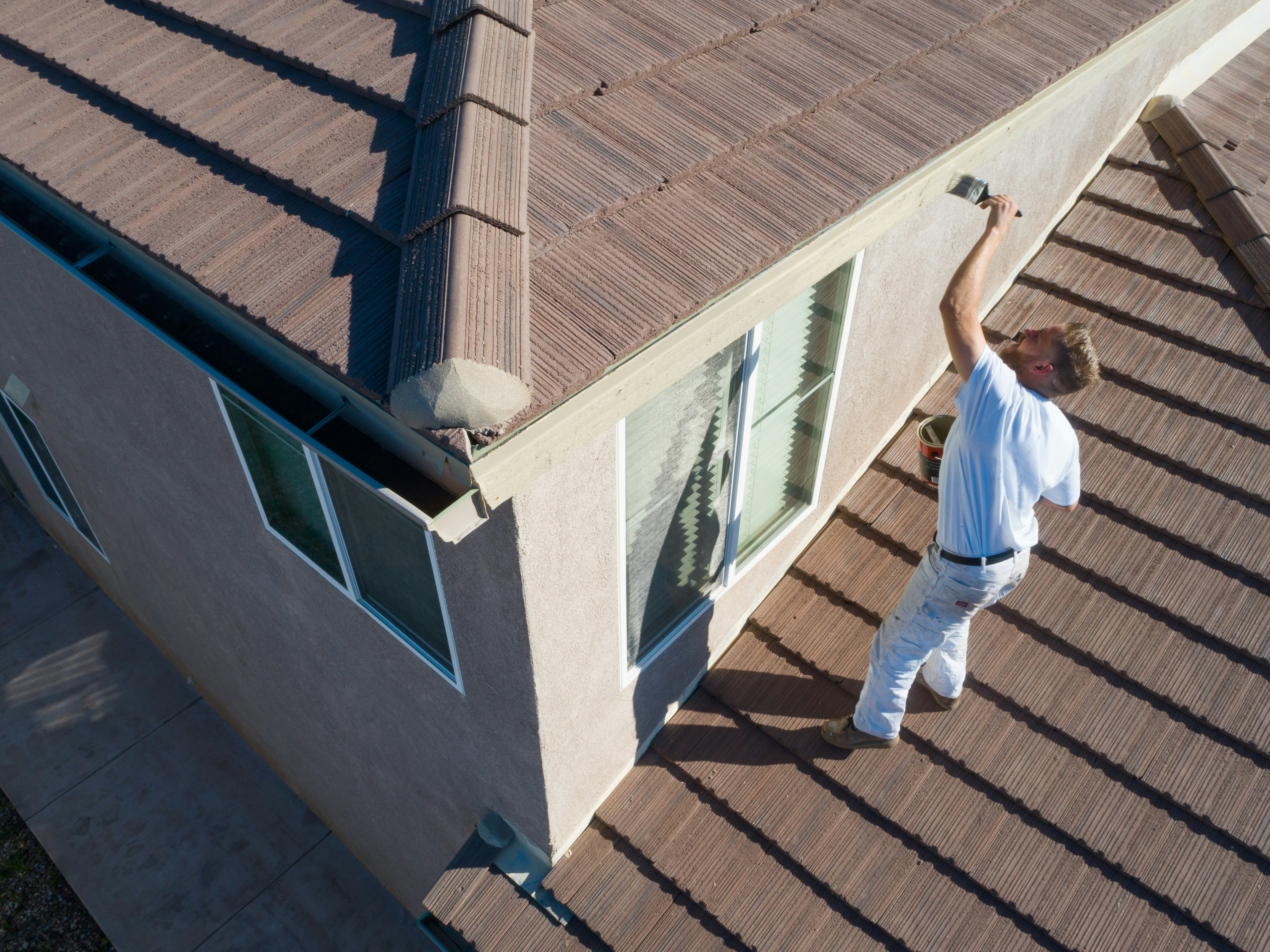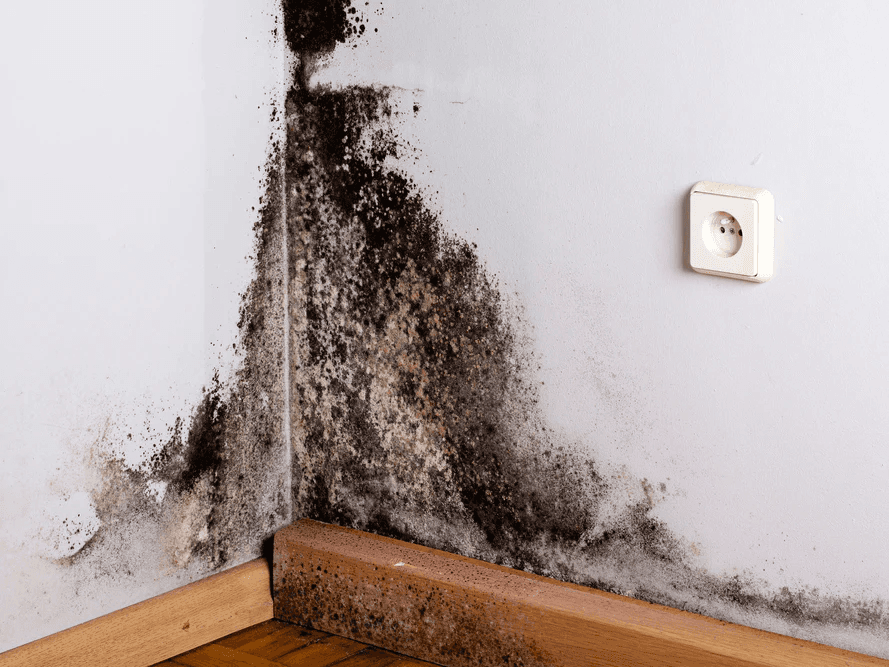
Excessive moisture in your home can lead to mold growth, posing health risks and damaging your property. Exposure to mold can cause allergic reactions, respiratory issues, and long-term health problems, while also weakening structures, creating costly problems.
Homeowners often struggle to control mold growth, particularly in areas prone to moisture, such as basements or bathrooms. Without proper intervention, mold can spread rapidly, exacerbating health issues and damaging structural elements, including wood and drywall.
This guide provides practical steps for controlling mold growth and managing moisture levels in your home. Learn to identify mold, mitigate its spread, and protect your health and property through preventive measures and effective cleanup. By following these guidelines, you can maintain a healthy living environment, free from mold-related issues, and protect your home from further damage. Here are key steps to take:
Questions you might have about mold
Mold growth in the home can raise numerous concerns, from health risks to remediation strategies. Mold thrives on organic material, and preventing its spread involves controlling moisture levels. If you notice visible mold, immediate action is crucial. Understanding that molds reproduce by producing large numbers of small spores, which are capable of causing health issues upon exposure, is fundamental. Awareness of the risks associated with mold exposure, including allergic reactions and respiratory problems, is essential for maintaining a healthy living environment. Here are answers to common questions about mold, its impacts, and ways to address it: Identifying a mold problem can also be through recognizing symptoms of a mold allergy, which significantly affects sensitive individuals.
Why is mold growing in my home?
Mold thrives in damp environments. Certain molds can grow in areas with persistent moisture, such as basements, bathrooms, or kitchens, due to leaks or poor ventilation. This is a prime example of indoor mold growth, which emphasizes the importance of controlling indoor environments to prevent mold colonization and proliferation.
Mold feeds on organic material, including wood, paper, and fabrics. Molds reproduce by producing large numbers of small spores, which may contain a single nucleus or be multinucleate, allowing them to spread rapidly on these surfaces, creating visible colonies throughout the home.
Poor ventilation and produce moisture can lead to stagnant air, providing ideal conditions for mold growth. Improving airflow can prevent the spread of mold and its health risks by reducing moisture levels and conducting post-remediation verification to effectively address indoor mold issues.
What should I do to prevent mold growth in my home?
Regularly check for leaks or produce moisture sources in bathrooms, kitchens, and basements. Repairing these issues can help prevent mold growth.
Ensure proper airflow to prevent dampness and discourage mold growth. For certain molds, improving air circulation is essential to prevent colonies from forming.
Clean surfaces prone to mold, including organic material like wood and fabrics. This reduces the risk of mold species spreading, maintaining a healthy home environment.
How do I know if I have a mold problem?
Look for mold species growing on surfaces, such as black spots on walls or organic material. Musty odors or discoloration can also indicate mold presence.
Certain molds can cause allergic reactions, such as coughing, sneezing, or itchy eyes. Persistent symptoms may signal a mold problem.
If you suspect mold, consider Mold Testing or professional inspection. This can identify the problem's extent and guide necessary remediation steps.
What happens if you breathe in black mold?
Breathing in black mold can trigger respiratory issues, allergic reactions, or more severe health problems. Individuals with a compromised immune system are particularly at risk, as they may experience heightened sensitivity to mold spores, leading to lung problems, fungal infections, and increased allergy symptoms and inflammation in the nose, eyes, and lungs. Black mold can produce mycotoxins, which are harmful to humans, especially those with compromised immune systems.
Mycotoxins from black mold can lead to coughing, sneezing, or even breathing difficulties. Prolonged exposure can worsen these symptoms, causing lasting damage.
If black mold is found, remove mold promptly. Cleaning and sanitizing hard surfaces can prevent its spread and protect health, reducing the risk of future exposure.
How quickly can black mold affect you?
Some individuals may experience allergic reactions or respiratory issues soon after exposure. Black mold can produce mycotoxins, leading to symptoms like congestion or itchy eyes.
Prolonged exposure to black mold can cause persistent health problems, including lung infections or immune system issues. Hard surfaces covered in mold should be cleaned thoroughly.
Regular cleaning and dehumidifying can remove mold from affected areas, preventing further health risks. Addressing moisture issues and maintaining airflow can reduce the likelihood of recurrence.
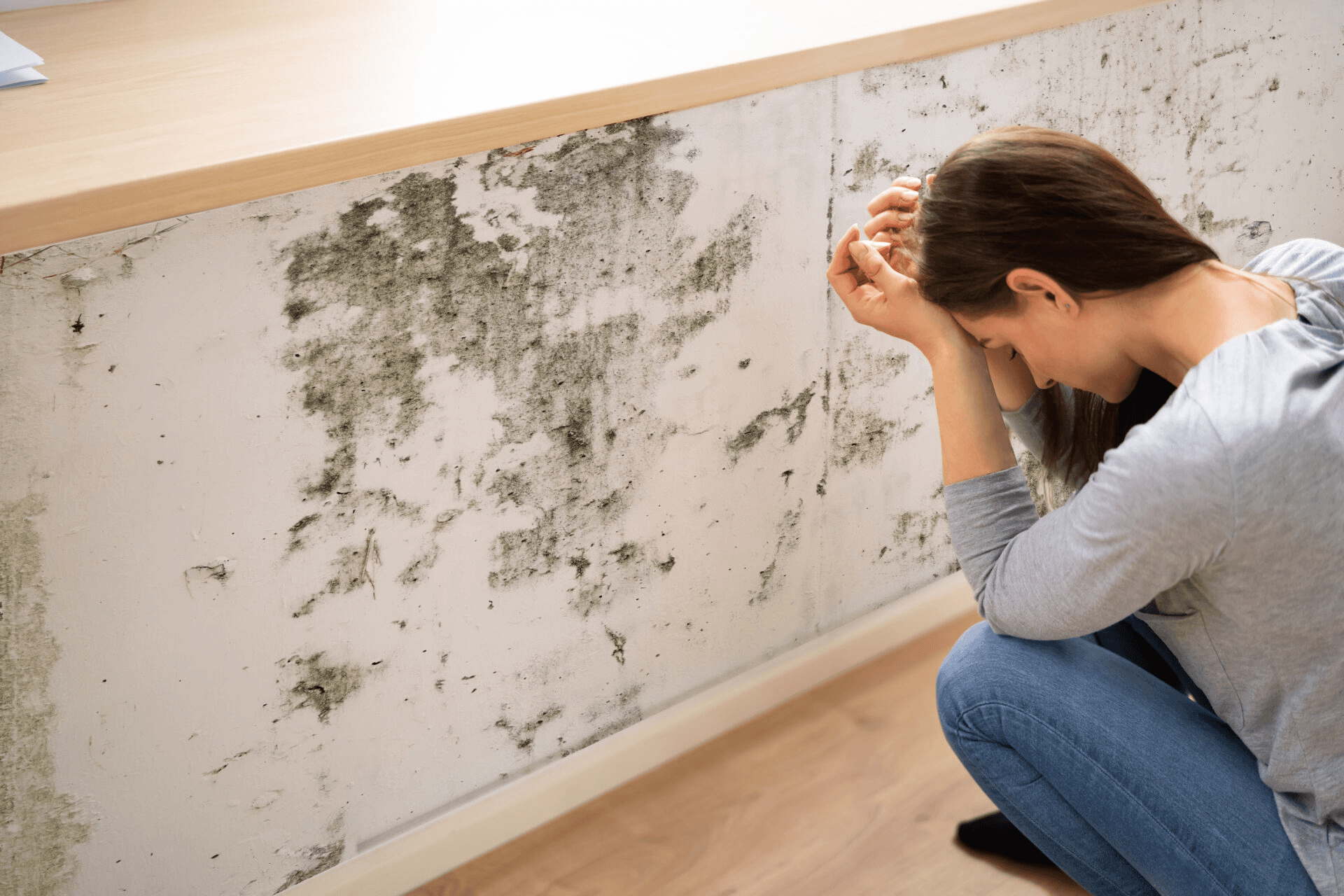
How harmful is mold to humans?
Mold can produce mycotoxins, leading to allergic reactions, respiratory issues, and other health concerns. Notably, 'toxic mold' refers specifically to molds like Stachybotrys chartarum that produce mycotoxins, which can cause severe health risks including neurological problems and even death. Prolonged exposure increases the risk of symptoms worsening or causing long-term problems.
Individuals with compromised immune systems, asthma, or allergies are particularly susceptible to mold-related health issues. For these groups, exposure to mold can trigger severe reactions.
To remove mold, clean hard surfaces thoroughly and maintain proper ventilation. This reduces the health risks associated with mold, protecting both the home and its inhabitants.
Is it OK to have mold in your house?
Having mold in the house poses significant health risks, particularly in poorly ventilated indoor space. Mold can trigger allergic reactions and respiratory issues, affecting inhabitants.
Mold growth can compromise structures, especially porous materials like wood or drywall. Moldy surfaces can weaken over time, leading to costly repairs or replacements.
Removing mold and maintaining proper ventilation can safeguard both health and structure. Cleaning affected areas and dehumidifying indoor space helps prevent mold recurrence, preserving the home.
Do I need to test for mold or know what kind of mold is growing in my home?
Moldy surfaces or health issues may necessitate testing. This can identify specific mold species, guiding effective remediation strategies and preventing further problems.
Some mold species can trigger severe reactions. Testing can determine if the mold poses a risk to inhabitants, particularly those with allergies or compromised immune systems.
Testing helps tailor remediation strategies, particularly for porous materials where mold can penetrate deeply. This ensures thorough removal and prevents future issues.
Can mold make my family sick?
Yes, mold can trigger allergic reactions, respiratory issues, or other health problems, especially in indoor spaces with poor ventilation. Prolonged exposure can worsen symptoms such as watery, itchy eyes, chronic cough, headaches, difficulty breathing, rashes, tiredness, sinus problems, nasal blockage, and frequent sneezing, particularly in those with a mold allergy.
Family members with compromised immune systems or allergies are particularly susceptible to mold-related illnesses. Individuals with a compromised immune system have a higher risk of illness, including lung problems and fungal infections, when exposed to mold spores and black mold. Moldy surfaces can exacerbate symptoms in these groups, leading to hypersensitivity to mold spores, resulting in allergy symptoms and inflammation in the nose, eyes, and lungs.
Addressing porous materials and moldy surfaces promptly can protect your family’s health. Regular cleaning, dehumidifying, and maintaining airflow can reduce mold-related health risks, preserving the well-being of your loved ones.
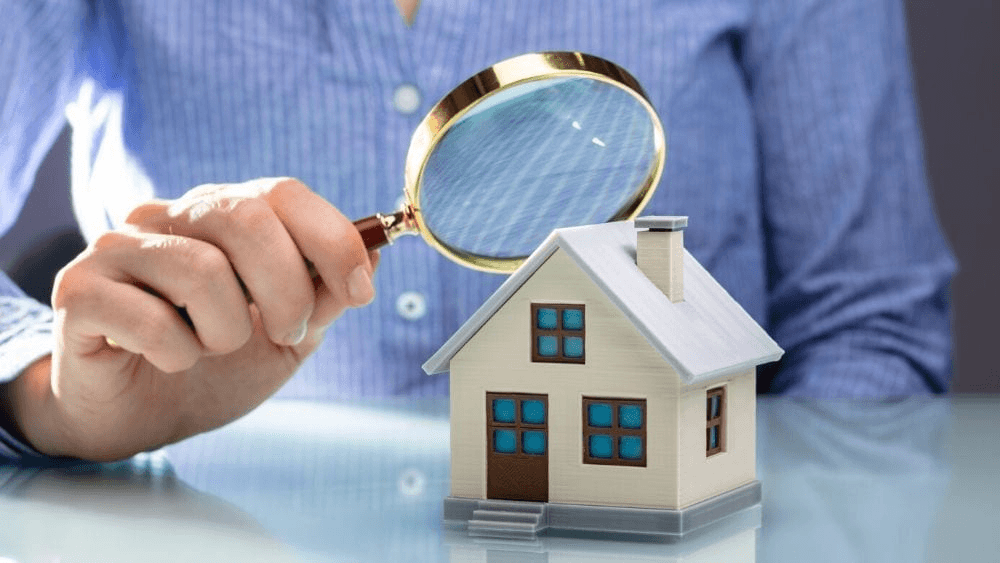
Should I have my home inspected?
If mold is suspected, a professional inspection can help assess its presence and relative humidity levels, guiding necessary remediation steps and preventing health issues.
Mold can weaken building materials, particularly in areas where mold grows, such as bathrooms or basements. Inspection can uncover hidden damage and prevent further decay.
An inspection can identify mold-prone areas, allowing homeowners to take proactive steps. Lowering relative humidity and improving fresh air circulation can prevent mold from taking hold.
Can mold cause health problems?
Yes, mold can trigger allergic reactions such as coughing, sneezing, and eye irritation. Long-term exposure can exacerbate these symptoms, particularly in poorly ventilated areas.
Inhaling mold spores can cause respiratory issues, particularly in those with asthma or compromised immune systems. Mold grows in damp environments, making prevention essential.
Reducing relative humidity and increasing fresh air circulation can minimize mold-related health problems. Addressing mold-prone areas promptly can also prevent further health risks.
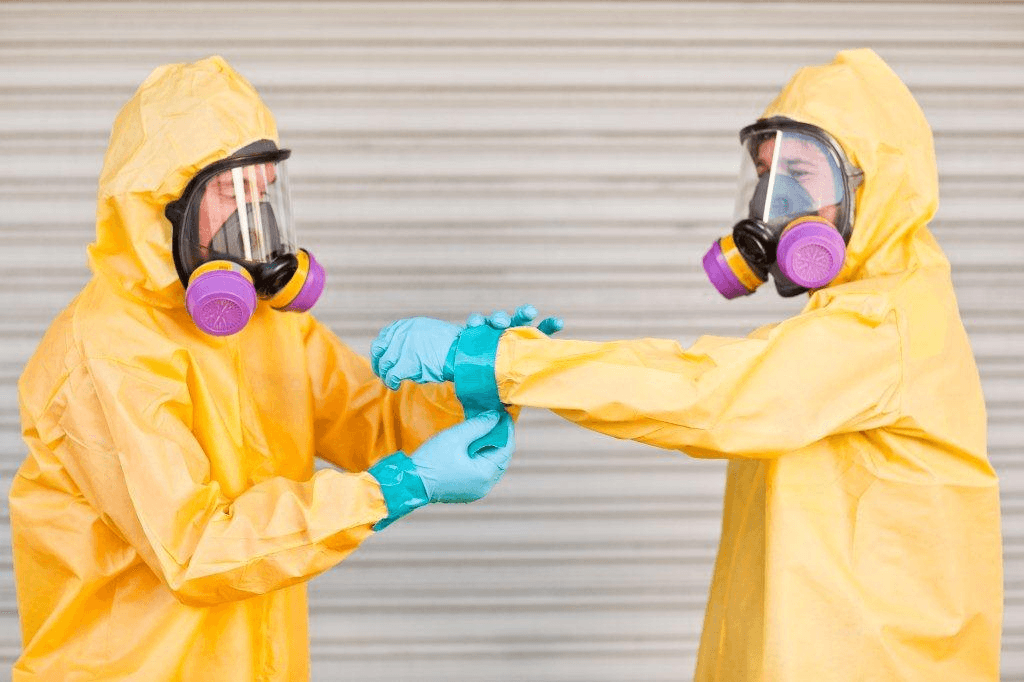
Mold Cleanup Guidelines
Removing Mold - For visible mold, start by removing the affected organic material or thoroughly cleaning it. If the mold issue is extensive, consider hiring a licensed mold remediation company to ensure the mold is properly cleaned.
Controlling Moisture - Mold thrives in damp environments, making controlling moisture essential to prevent its spread and recurrence.
Cleaning Techniques - Use appropriate cleaning solutions and protective gear to handle mold safely, ensuring thorough remediation and preventing further health risks.
What to Wear When Cleaning Moldy Areas
When cleaning moldy areas, wear non-porous gloves, masks, and clothing. This helps prevent direct contact with organic matter and spores from mold growth, minimizing health risks.
A High Efficiency Particulate Air (HEPA) respirator can protect against inhaling mold spores. This is essential for areas with significant mold growth, particularly on wet cellulose materials.
Ensure adequate airflow to disperse spores and reduce inhalation risks. Open windows or use fans to prevent mold from settling on surrounding surfaces, maintaining a clean environment.
Test or Sampling for Mold
Consider testing if you notice signs of mold growth or experience health issues. Testing helps identify specific mold species, particularly in areas prone to organic matter buildup.
Mold sampling can involve air or surface testing. HEPA filters can capture airborne spores, while swabs or tape lifts can collect samples from wet cellulose materials or other surfaces.
For accurate results, consult a professional service. They can provide comprehensive testing, guiding remediation strategies and preventing further growth on wet cellulose materials or other surfaces.
Actions that will help prevent condensation
Preventing condensation is crucial to avoid mold indoors and protect building materials. Ensure adequate ventilation and air circulation in moisture-prone areas, such as bathrooms and kitchens, reducing the risk of mold growth. Consider Mold Testing if you suspect mold presence, addressing potential issues promptly and maintaining a healthy indoor environment free from mold.

